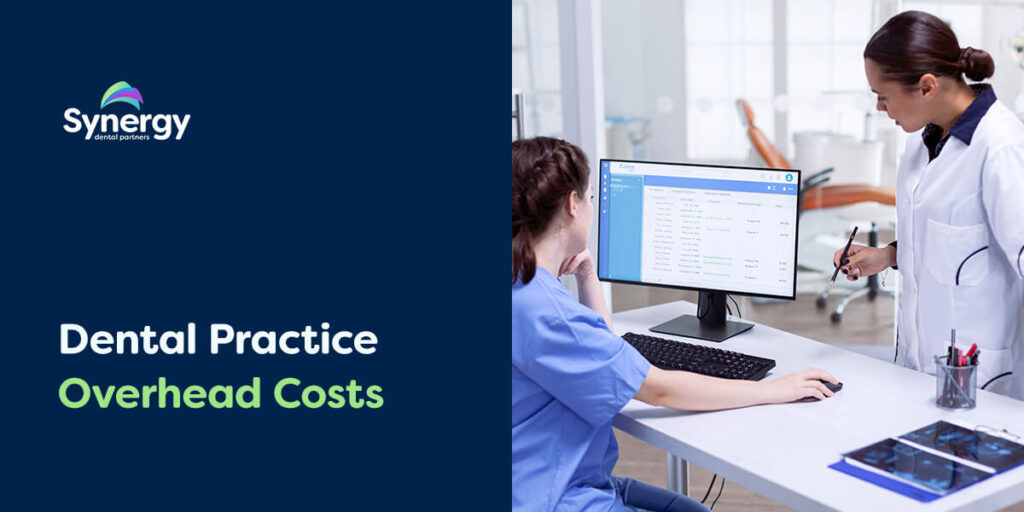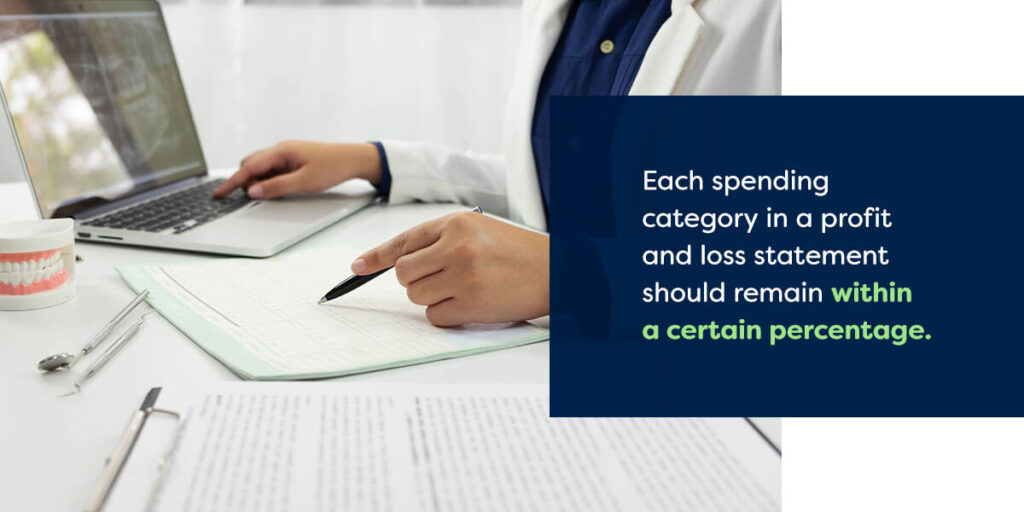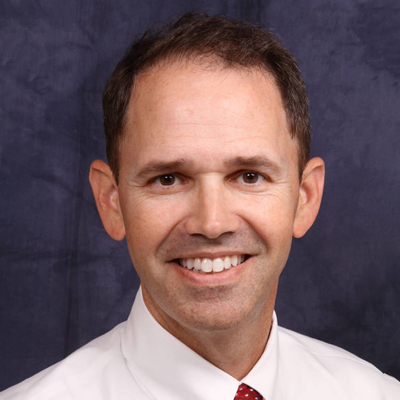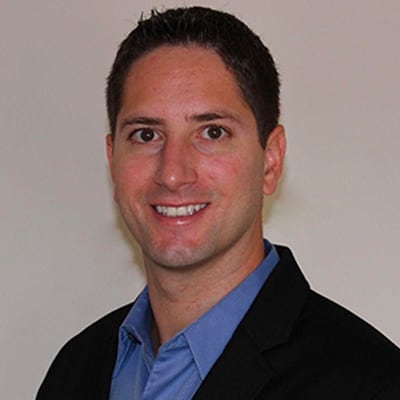
Dental Practice Overhead Costs
Properly managing dental practice overhead costs helps dental practices maintain profitable businesses. Categorizing your practice’s expenses and finding ways to keep each category within an ideal spending percentage can help you increase profits.
Dental Office Cost Breakdown
Dental office overhead refers to the cost of running your business and providing patient care. Controlling your dental practice overhead is the key to maintaining a profitable practice. Dental schooling and training prepare dentists to complete routine dental care, make accurate diagnoses and perform oral procedures, but it does not prepare dentists to manage business costs, profits and losses.
A profit and loss (P&L) statement provides a dental office cost breakdown. Formatting a P&L statement with several expense categories can help you better understand your business spending and overhead. Consider organizing your P&L statement into the following categories:
Facility Costs
Facility costs consist of the expenses that go into renting and maintaining your dental facility. Record the following costs in this category:
- Facility rental or purchasing costs
- Practice acquisition interest
- Real estate taxes
- Personal property taxes
- Utility costs
You should also record goodwill costs in this category. A dental practice’s goodwill consists of intangible assets that can impact a practice’s potential future earnings.
Equipment Costs
Your equipment category should consist of your equipment costs. Include all of the equipment your practice uses, such as air compressors, nitrous oxide systems, X-ray machines and sterilization tools. Items such as computers and office furniture also fit into the equipment costs category.
Variable Dental Costs
Variable dental costs consist of expenses that vary with your provided services. Record the following costs in this category:
- Dental supplies
- Lab fees
- Implant supplies
- Personal protective equipment (PPE)
- computer-aided design (CAD) and computer-aided manufacturing (CAM) technology, if applicable
CAD and CAM technology belongs in the variable dental costs category if you utilize it because it replaces a dental lab supplier. When you purchase CAD and CAM supplies or equipment, it is part of your lab fees instead of your dental supplies. Porcelain blocks make up the majority of CAD and CAM costs because you need them to produce dental restorations.
Employee Salaries, Benefits and Temporary Replacement Expenses
Record your employee salaries for each department. This category should include salaries for dental assistants, dental hygienists and front desk staff.
You should also include payroll taxes and benefits such as life insurance, health insurance and retirement contributions. Outside services such as temporary employee agency costs to replace temporarily absent employees also belong in this category.
Owner’s Compensation
The owner’s compensation category consists of the following costs:
- Your personal wages
- Your family’s wages
- Your personal portion of a retirement plan contribution
- Your associate’s compensation
Discretionary Costs
Discretionary costs consist of additional and optional expenses your practice may spend for employee morale or company travel. You can include the following costs in this category:
- Meals
- Gifts
- Travel expenses
- Entertainment
- Contributions
- Automobile costs and travel expenses
Miscellaneous Business Expenses
Miscellaneous business expenses consist of the following costs:
- Bank charges
- Marketing and advertising
- Subscriptions and dues
- Continuing education
- Postage
- Office supplies
- Insurance costs
- Professional fees
- Uniforms and laundry
- Telephone costs

Ideal Dental Practice Expense Percentages
Each spending category in a profit and loss statement should remain within a certain percentage. Keeping your costs within the ideal percentages helps you maintain desired profit margins. Consider the following dental overhead percentages for each spending category:
- Employee salaries, benefits and replacement expenses: Employee costs should remain at or below 28% of your practice’s total earnings. The ideal percentage is between 24% and 26%.
- Variable dental costs: Variable dental costs, such as supply expenses, should remain at or below 6% of your business’s collections, and lab fees should remain at or below 8%. Lab fee percentages may lower to 2% to 3% if your practice utilizes computer-aided design (CAD) and computer-aided manufacturing (CAM) technology.
- Equipment and facility costs: Equipment and facility costs should remain at or below 10% of your practice’s collections. Half of this percentage should consist of your facility’s rental costs.
- Miscellaneous business expenses: Total miscellaneous business expenses should remain at or below 11% of your practice’s collections. Marketing and advertising should make up 1% to 2% of the total percentage, and bank charges and office supplies should each make up 1%. Professional fees should count for 1.5% to 2% of the total percentage, and the remaining miscellaneous expenses should make up the remaining percentage.
- Discretionary costs: Discretionary costs should remain at or below 2% of your practice’s collections.
- Owner’s compensation: The owner’s compensation should make up 35% to 40% of your practice’s total collections.
How to Reduce Dental Practice Overhead Costs
Reducing your dental practice’s overhead costs can increase your profit margin. Consider the following tips to reduce your overhead costs:
Join a Group Purchasing Organization
A group purchasing organization (GPO) combines purchasing volume and leverages purchasing power to negotiate equipment and supply costs. A dental GPO negotiates with suppliers, manufacturers and distributors to help independent dental practices access discounts and favorable pricing.
Joining a GPO can help your practice save money on equipment and supplies to significantly reduce overhead costs. Corporate dentistry companies and large practice groups typically have the advantage of discounts and favorable pricing unavailable to smaller practices. A GPO combines multiple independent practices to increase their purchasing power, allowing them to achieve beneficial cost savings while remaining independent.
Work With a Certified Public Accountant
A certified public accountant (CPA) has the education and experience to help businesses manage their budgets and expenses. Work with a CPA to ensure you handle your practice’s financial aspects correctly. A CPA can also help you identify areas where you can save money and help you develop a financial plan.
Rebalance Your Service Fees
You should rebalance your practice’s service fees annually. Your CPA can access your local fee information via a national database, so they can help you rebalance your fees appropriately. Setting your fees at or above the 70th percentile of your market area is typically ideal.
Improve Your Hygiene Department’s Key Performance Indicator Ratios
A key performance indicator (KPI) is a quantifiable performance measurement. It’s important to consider your hygiene department’s KPI ratios, such as doctor production to hygiene production and daily production to hourly rates.
Shift Your Marketing Approach
Shifting your marketing approach can help you reduce overhead costs and increase your client base. Existing patients can help you expand your reach by recommending your services to others, and you can improve your marketing style to create brand awareness. Word-of-mouth and new internal marketing methods are excellent ways to reduce your miscellaneous business expenses.
Reduce Your Overhead Costs With Synergy Dental Partners
Reducing overhead costs can help you increase your dental practice’s profit margin and grow your business. Synergy Dental Partners helps independent dental practices decrease overhead costs through a quality GPO. Our network comprises over 4,500 offices, and we offer decades of experience and negotiating skills.
When you join the Synergy Dental Partners GPO, you gain access to exclusive member deals and favorable pricing to help you save money on equipment, supplies and labs. Contact us to learn more about how we can help you reduce your overhead costs.





